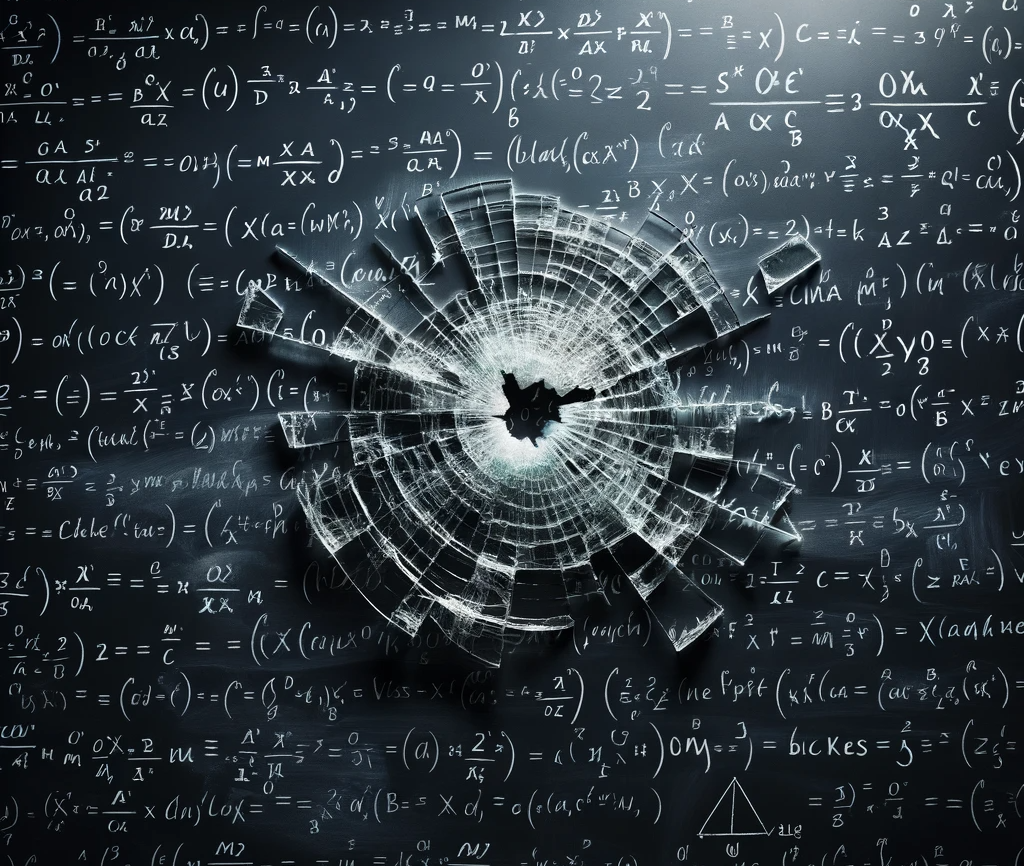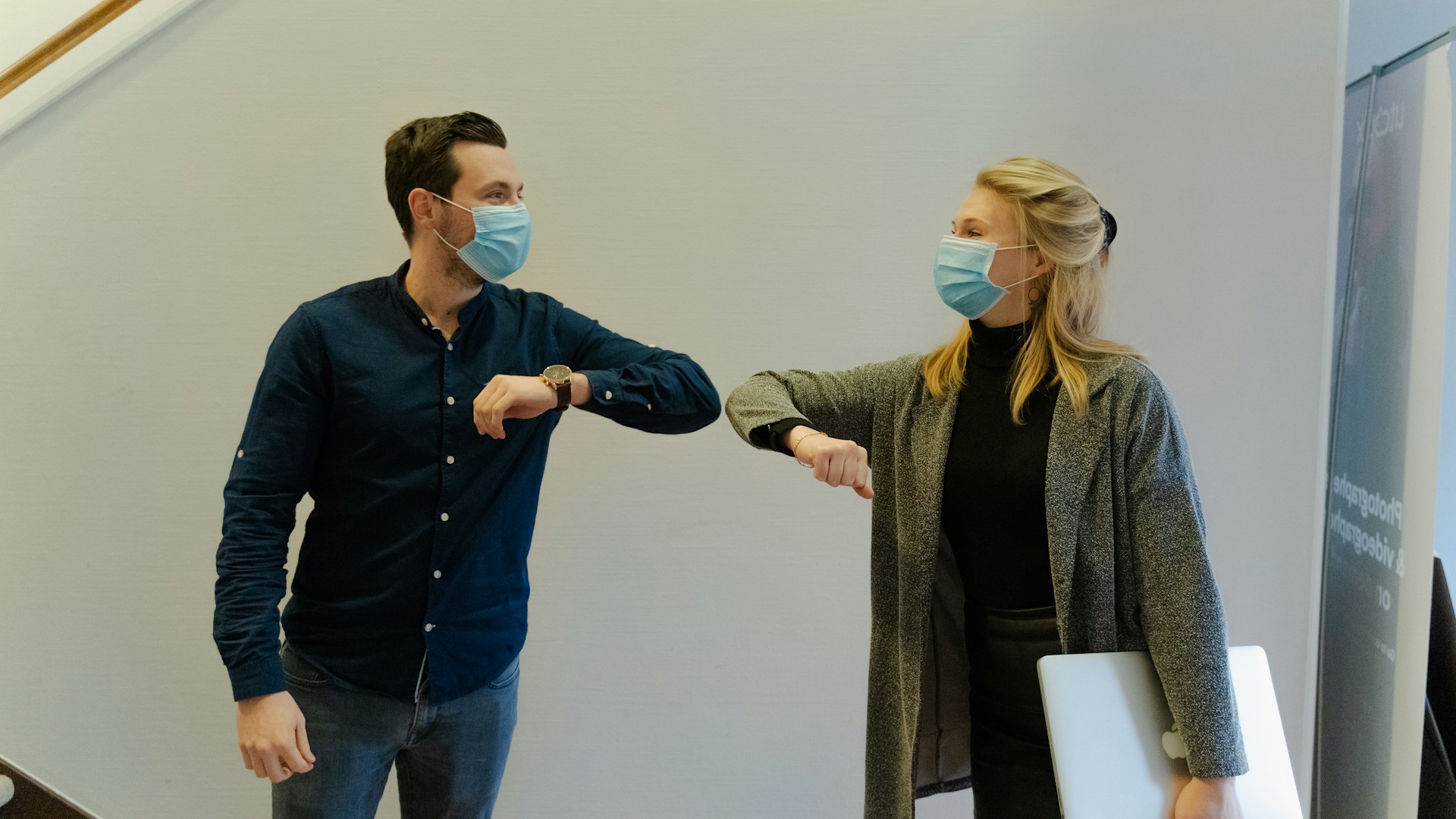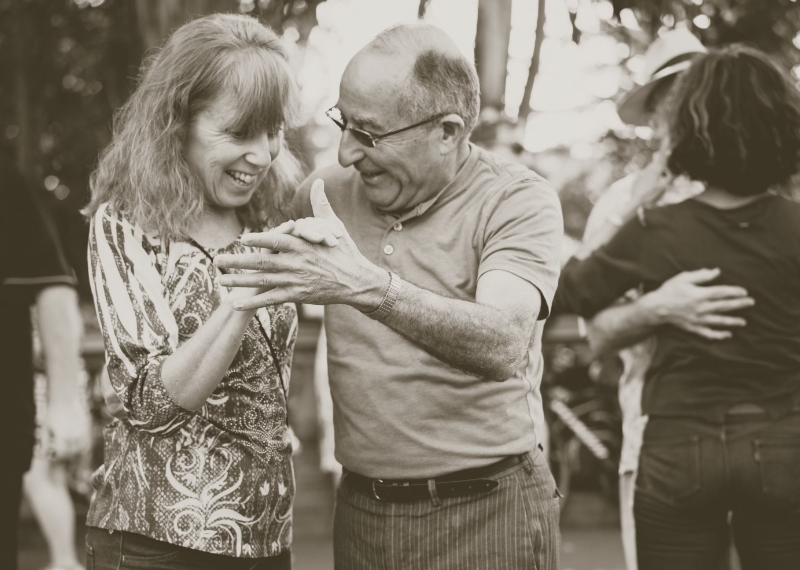An interdisciplinary approach to understanding violence dynamics through mathematical modelling. Image credit: The Oxford Scientist.
What is Mathematical Sociology and how can it be applied to understanding social trends in Violence?
Is it possible to mathematically model human behaviour? And if so, is this productive for social commentary? Mathematical sociology is a growing field that uses mathematical models, based on social assumptions, to interpret sociological concepts. For this, researchers may use probability, linear algebra, graph theory, etc., to describe or predict human behaviour at a population level. This has been used to describe patterns of crime, understand the relationships between income inequality and health, and inform technocratic approaches to governance and decision-making.
Many of these models use differential equations to describe the evolution of populations over time when influenced by environmental factors. A paper published in 2022 described the perpetuation of violence using a series of differential equations similar to those representing the spread of infectious diseases. Working with my colleagues at the doctoral training centre, I investigated what we could infer from these epidemiology-based violence models.
We hypothesised that people who are exposed to violence early in life and/or repeatedly are more likely to be involved with further (criminal) violence later in life. Studying violence usually involves an interdisciplinary approach, utilising psychology, neuroscience, medicine, and other behavioural and social sciences. However, these methodologies are often used to examine and understand data regarding violent behaviours rather than predict violence perpetuation.
Mathematical modelling is, therefore, increasingly useful, as it allows for understanding or predicting violence in society. Additionally, we can model how incidences of violence vary between environments by altering the parameters influencing the model outcomes. For example, using rehabilitation rates based on data regarding intervention and prevention tactics in different locations allows for predicting regional differences in violence.
Repeated long-term exposure to emotionally activating violent media can result in desensitisation—negative emotional responses to violent media decline in intensity over several exposures.
Our rationale for using this model lies in psychological concepts. The two main concepts underpinning this model are long-term observational learning of cognitions, i.e., imitating behaviours, and desensitisation of emotional processes. These have been used in the past to describe the influence of violent media on violent behaviours. Still, they can also be applied generally to all types of exposure to violence.
Based on social cognitive models, an individual’s social behaviour results from the interplay of several factors, including their current environment, emotional state, normative beliefs, and behavioural scripts learned during childhood. These scripts are learned from family, community, peers, and mass media. Extensive exposure to violence can bias the individuals’ world schemas toward hostility and anger. These schemas are long-term knowledge structures and scripts within the brain that are built upon memories and unique experiences, allowing for interpretation and understanding of world interactions. Thus, if these are biased, individuals will have a predisposition to violence.
Additionally, repeated long-term exposure to emotionally activating violent media can result in desensitisation—negative emotional responses (i.e., increased heart rate, perspiration, and discomfort) to violent media decline in intensity over several exposures. Through repeated exposure, individuals become desensitised, and can process and plan proactive, aggressive acts without negative mental connotations or effects. The active participation of individuals in violent video games, for example, to achieve a desired goal, provides a “pseudo-Pavlovian” conditioning pattern that correlates negative/violent actions with positive emotions/outcomes which may affect social behaviour.
Model formulation
Using this, we built a mathematical model of differential equations to investigate how violence “spreads” between individuals. To start, we defined the social state variables of the model. In the most basic form of the infectious disease model—the “One Exposed Class Model”—these groups are Susceptible, Exposed, and Infected. Here, individuals in the Susceptible class have never been exposed to violence and have not committed any violent crimes; individuals in the Exposed class have been exposed to violence but have not committed any violent crimes, and individuals in the Infectious class have been exposed to violence and are actively committing violent crimes.
To classify individuals and find the parameters for this model, we must also define what is meant by an act of violence or the commitment of a “violent crime”. Here, violent crimes are those involving intentional harm against another individual(s); this ranges from common assault to murder and also encompasses the use of weapons.

Next, we established the parameters that control transfer between the groups. The first parameter describes the rate at which individuals are exposed to violence and are transferred to the Exposed class. Next is the rate at which the individual becomes violent (the rate at which individuals join the Infected group). We also included two removal rates, one which transfers individuals who have committed violent acts (Infected group) to the Exposed group, and one to move individuals from Infected to Susceptible. These removal rates rely on the success of rehabilitation programmes; thus, the rehabilitation rate indicates the recovery rate from the Infected group. Here, a high rehabilitation rate indicates an effective rehabilitation system and vice versa.
By modelling high and low removal rates from the Infected to the Susceptible group, we can conclude that rehabilitation programmes are vital to reducing violent crime.
The differential equations written from this scheme describe how the population of these groups evolves over time. The parameters for this model came from a paper regarding longitudinal predictions of weapon use and violent behaviour from childhood exposure to violence.
By modelling high and low removal rates from the Infected to the Susceptible group, we can conclude that rehabilitation programmes are vital to reducing violent crime. This conclusion comes from the fact that high removal rates result in the system evolving to higher populations of the Susceptible and Exposed groups rather than Infected. This is a relatively intuitive conclusion in a sociological context.

To make the model more predictive of real life, we extended it to a five-component model that includes three Exposed groups of varying “intensity” (probability of transfer to the Infected group). We chose to do this as not all exposures to violence will affect an individual’s predisposition to violence by the same degree. The three exposed groups were from lowest to highest intensity: Geo Exposed (individuals exposed to violence by living in an area where violent crimes occur); Media Exposed (exposure through video games, TV, movies, etc.); and Familial Exposed (individuals exposed due to immediate family members or close individuals being involved in violent crimes).
We assume that all individuals are geo-exposed to violence as it is unlikely that an area has no incidence of violent crime. Here, we have three exposure parameters to describe the rate at which individuals move to each of the exposed groups. There are also five parameters to describe the rate at which individuals move to the Infected group or from lower-intensity Exposed groups to higher-intensity ones. Again, there are removal rates: these move individuals from Infected to various Exposed groups. There is no parameter to move individuals from Infected to Geo-exposed. A 2021 report shows adult offenders have a reoffending rate of 24%. Thus, we assume that after committing a violent crime, it is unlikely an individual will return to the Geo-exposed group, which has the lowest likelihood of exhibiting violent behaviour.
Again, we looked at the effect of rehabilitation on the population of the groups and modelled different (low and high rehabilitation rate) penal systems. We also found that poorer rehabilitation and lower recovery rates increase the Infectious population. Thus, we can conclude that the population has a higher propensity to violence with worse rehabilitation programs and vice versa.
Assumptions of the model: are they realistic?
The results of our modelling were relatively intuitive in their nature. But before making concrete conclusions from the outcomes, we must consider the assumptions made during the construction of this model. We first assume that this is a closed system. When modelling a population, a closed system does not model changes in the population size over time, i.e., deaths and births. The other assumptions are that the Susceptible group does not commit violence, the likelihood of individuals exhibiting violent behaviours is equal, and that all individuals in the population are equally likely to be exposed to violence and have an equal chance of rehabilitation. Of course, these assumptions will not all be true on a political and sociological level.
A subset of individuals is more likely to commit violent crime
The assumption that the predisposition for violent behaviours is equal amongst all individuals is unrealistic, as evidence suggests that several factors play into this outcome. In a population-based study of over 2 million individuals, a small number of persistent violent offenders committed most violent crimes. These people shared several characteristics: the offenders were highly likely to be male with associations with substance abuse, personality disorders, early onset of violent criminal activity (delinquency during adolescence), and previous nonviolent criminality.
Our model does not take this into account as we are modelling the population as a whole. Thus, in assuming that all individuals are equally likely to populate all groups within the system, we create a model that isn’t as realistic as it could be. This could be accounted for by including parameters to stratify the population and increase the likelihood of violent behaviour for those who fit into these groups. However, it should be noted that adding parameters will also significantly increase the complexity of the model and its outcomes.
The impact of race and socioeconomics on violence exposure and rehabilitation
Many studies on violence exposure and later violent criminality are focused on the United States. This is likely due to the US criminal justice system being the largest in the world, with the prison population reaching 2 million people in 2022 (500% increase over the past 40 years) and with over 6.7 million individuals under some form of correctional control.
We must assume in this model that all individuals in the population have an equal likelihood of being exposed to violence and an equal chance of rehabilitation. However, this is not the case. In the US, Black people are seven and a half times more likely to be wrongfully convicted, targeted by police misconduct, and consequently forced to serve lengthy prison sentences. But this is, of course, not just an issue within the US.
For example, in the UK, despite Black, Asian, and Minority Ethnic groups (BAME) individuals being less likely to commit crimes (based on empirical analysis of self-reported offending), the rate of arrest is much higher. Young Black males are approximately three times more likely to be arrested than young White males; Black men are more than three times more likely to be arrested than White men; mixed ethnicity men are twice as likely to be arrested than White men; and both Black and mixed ethnicity women are more than two times more likely to be arrested than White women. Thus, this adds a further layer to the model as the coexistence of racism and violence should be introduced.
The Metropolitan police were also four times more likely to use force on Black individuals when compared with the White population. The experiences of BAME people with police misconduct and brutality could be considered a separate exposure to violence, which ultimately results in negative connotations with the police and criminal systems, which would likely affect the outcome of this model if included as a separate violence exposure.
Overall, we can conclude that the experience of individuals within the criminal justice system and society is not equal, and to make an accurate model, this would have to be accounted for, which is further explored in other papers.
These disparities are far deeper and more systemic than explicit racial discrimination. In effect, there are also two distinct criminal justice systems: one for wealthy people and another for less economically stable individuals. In a 2022 article, Matt Zbrog presented some of these discrepancies with several case studies showing how this system affects individuals.
Additionally, the 1979 Book The Rich Get Richer and the Poor Get Prison by Jeffrey Reiman exemplifies this exquisitely and demonstrates that the crimes of the wealthy are rarely punished comparably to those of lower socioeconomic status. Additionally, a 2022 report from the University of Cardiff showed that imprisonment was ten times more likely for those living in deprived areas. Being wealthy allows access to a vigorous adversary system replete with constitutional protections for defendants. Whereas less socioeconomically privileged and BAME defendants experience the criminal justice system differently due to several factors, each contributing to the overrepresentation of such individuals in the system.
Overall, quantifying and modelling sociological concepts leads to reductionism; here, complex sociological situations are reduced to the simplest metrics, and thus, the nuances of social structures can be missed.
Overall, quantifying and modelling sociological concepts leads to reductionism; here, complex sociological situations are reduced to the simplest metrics, and thus, the nuances of social structures can be missed. As earlier mentioned, one may wonder if these models are productive for social commentary, as quantifying and simplifying human behaviour may seem diminishing to the lived experience. However, due to the complexities and variety within human behavioural patterns, it is easier to break this down into simpler, more computationally useful parts which can be combined to explain more complex phenomena.
Thus, we cannot suggest that this model addresses all the potential experiences and exposures of violence (e.g., patriarchy, institutional inequalities, socioeconomic factors, etc.), but this does not mean it is without use. Here, we model the influence of violence exposure on violent crime in a relatively simple manner, but several interesting conclusions can be made. The models we constructed allow us to understand the importance of rehabilitation programmes on crime perpetration and highlight the susceptibility of human behaviour and the influence of violent environments on this.
In reality, it is challenging to include the influence of all factors in a mathematical model without making it highly complex to analyse. However, experts in this field have the capability to include several social factors. It will be interesting to keep up to date with the literature regarding these concepts to see how this evolves.





